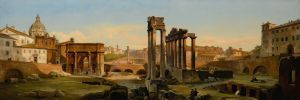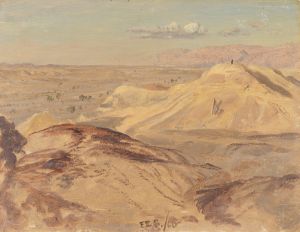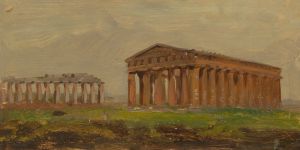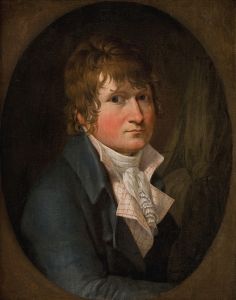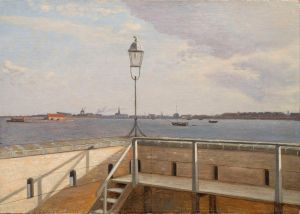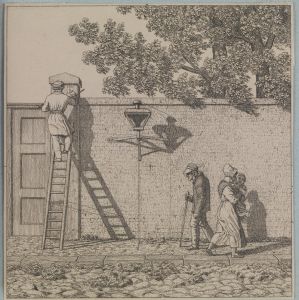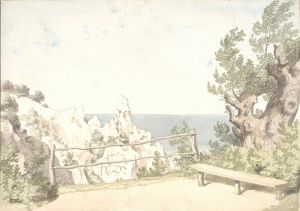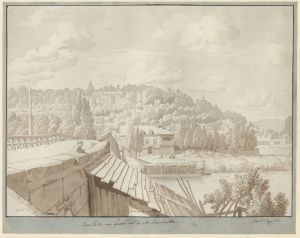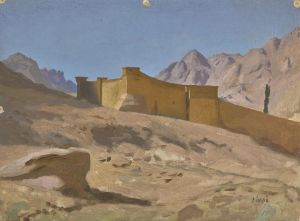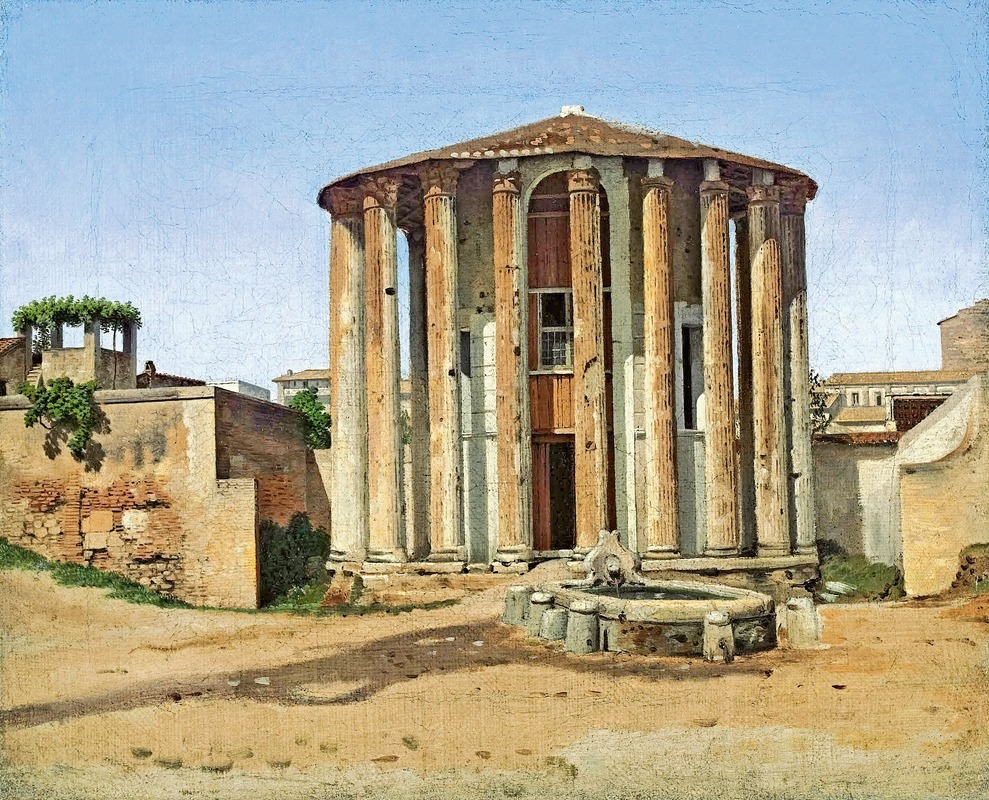
Vesta Temple in Rome
A hand-painted replica of Christoffer Wilhelm Eckersberg’s masterpiece Vesta Temple in Rome, meticulously crafted by professional artists to capture the true essence of the original. Each piece is created with museum-quality canvas and rare mineral pigments, carefully painted by experienced artists with delicate brushstrokes and rich, layered colors to perfectly recreate the texture of the original artwork. Unlike machine-printed reproductions, this hand-painted version brings the painting to life, infused with the artist’s emotions and skill in every stroke. Whether for personal collection or home decoration, it instantly elevates the artistic atmosphere of any space.
Christoffer Wilhelm Eckersberg, often referred to as the father of Danish painting, was a prominent figure in the Danish Golden Age of painting. Born in 1783 in Blåkrog, Denmark, Eckersberg was instrumental in shaping the course of Danish art through his teachings and his own works. One of his notable paintings is "Vesta Temple in Rome," which reflects his keen interest in architecture and classical antiquity.
Eckersberg studied at the Royal Danish Academy of Fine Arts in Copenhagen and later traveled to Paris, where he studied under the renowned French painter Jacques-Louis David. His time in Paris greatly influenced his style, particularly his emphasis on clarity, precision, and the use of light. In 1813, Eckersberg traveled to Rome, a city that had a profound impact on his artistic development. Rome, with its rich history and classical architecture, provided Eckersberg with ample inspiration for his works.
The painting "Vesta Temple in Rome" is a testament to Eckersberg's fascination with Roman architecture. The Temple of Vesta, located in the Roman Forum, is one of the most iconic structures from ancient Rome. It was dedicated to Vesta, the goddess of the hearth, home, and family. The temple is known for its circular design, which was a distinctive feature of Roman temple architecture.
Eckersberg's depiction of the Vesta Temple captures the elegance and symmetry of the structure. His attention to detail is evident in the precise rendering of the temple's columns and the play of light and shadow on the building's surface. The painting reflects Eckersberg's mastery of perspective and his ability to convey the grandeur of classical architecture.
During his time in Rome, Eckersberg was part of a community of international artists who were drawn to the city for its artistic and historical significance. This period was crucial for Eckersberg as it allowed him to immerse himself in the study of ancient art and architecture, which would later influence his teachings at the Royal Danish Academy of Fine Arts. Upon his return to Denmark, Eckersberg became a professor at the Academy and played a pivotal role in the development of Danish art. He emphasized the importance of studying from life and encouraged his students to observe and depict the world around them with accuracy and clarity.
Eckersberg's work, including "Vesta Temple in Rome," is characterized by its meticulous attention to detail and its harmonious composition. His paintings often feature clear lines, balanced proportions, and a serene atmosphere, reflecting his classical training and his admiration for the art of antiquity. Through his art and his teachings, Eckersberg left a lasting legacy on the Danish art scene, influencing generations of artists who followed in his footsteps.
In summary, "Vesta Temple in Rome" by Christoffer Wilhelm Eckersberg is a significant work that highlights the artist's skill in capturing the beauty of classical architecture. It stands as a representation of Eckersberg's dedication to precision and his deep appreciation for the art and history of ancient Rome.





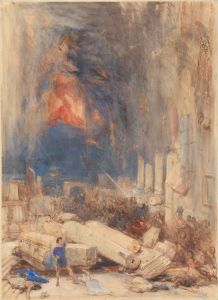
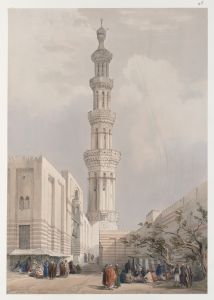
![Temple of Wady Saboua [Wadi al-Sabua], Nubia.](/imgs/217551/s/david-roberts-temple-of-wady-saboua-wadi-alsabua-nubia-52e62db.jpg)
